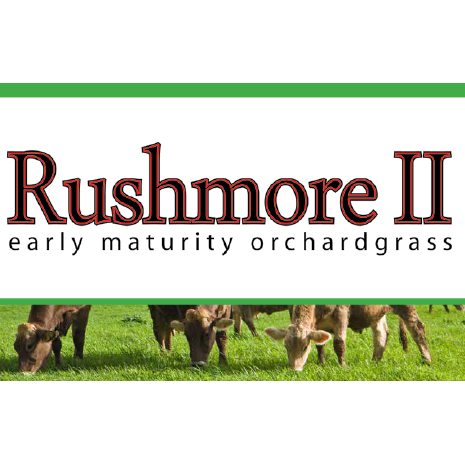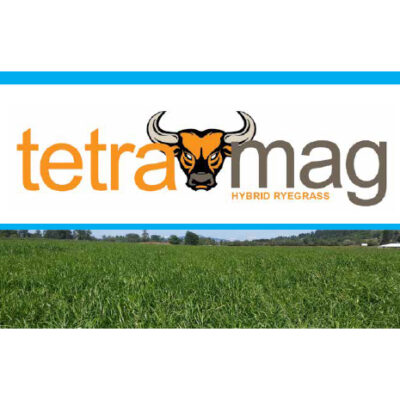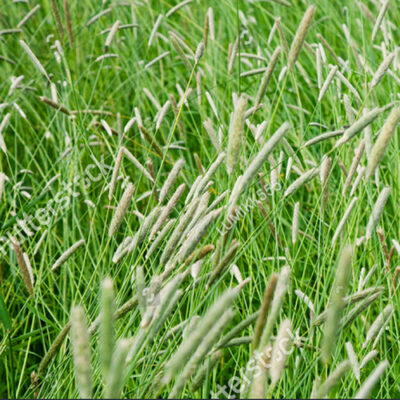Rushmore II Early Maturing Orchard Grass
EARLY MATURING FOR HIGH QUALITY
Rushmore II is an early-maturing orchardgrass ideal for use in grazing and hay operations. An ideal fit for colder northern climates, Rushmore II exhibits excellent winter hardiness, but also performs well in further South locations as seen in University of Kentucky forage variety trials. Rushmore II produces tons of forage that is very high in protein, perfect for dairy cows or beef cattle. With improved disease resistance, Rushmore II can withstand grazing pressure as well. Rushmore II has great seedling vigor, establishes quickly, and persists as a variety with 25+ trial years in university variety trials, it performs in a wide geography.
Description
- Early maturity
- Excellent winter hardiness
- Superb forage yielder
- Enhanced disease resistance
- High feed quality
ESTABLISHMENT
Plant at a rate of 15-20lbs./ac. Proper seed bed preparation is essential. A soil sample will identify necessary inputs to achieve proper pH, P, K and other macronutrient levels (extension service or agronomy supplier can advise). Use of a non-selective herbicide will reduce weed competition; spray per label recommendation when crop is mature enough. No-till seeding is generally very effective. Avoid planting too deep. Irrigation to supplement seasonal moisture, if available, will insure best establishment and fill-in. Plants should be firmly established before grazing is allowed. Particularly in the first year, overgrazing can seriously reduce stand longevity.
MANAGEMENT
Proper management begins with correct fertilization. Soil sampling is a great tool to get baseline soil fertility inventory, especially on pH, organic matter, phosphorus, potassium and other macro and micro elements to best determine application rates based on soil maintenance and nutrient removal. Correct nitrogen application rates should consider organic matter, yield goals, stocking rate, etc. Your local agronomy input supplier or extension service can provide valuable regional information.




